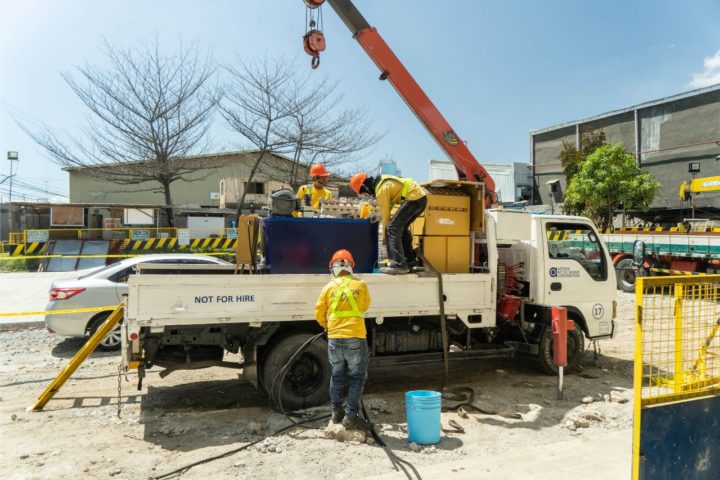

When deciding on the type of steel building to use for your upcoming project, it can be useful to know all of the differences between pre-engineered buildings vs conventional buildings to ensure project efficiency.
Conventional buildings use steel, cement, and brick elements and are fabricated on site, whereas pre-engineered buildings use prefabricated elements that are delivered and assembled in the site. Here is a comparison between the two building types. Continue reading to learn more.
Pre-engineered buildings make use of detailed structural drawing templates. A computer software generates pre-engineered building designs to suit your project needs with efficiency in mind. Then, the steel structures, cladding, and flanges are delivered to be erected on site. No field cutting is needed to fit the structures; these are simply bolted together as designed in the fabrication plant.
On the other hand, each conventional building is designed from scratch for each project. Most of the time, the architects and engineers have limited design tools, which also limits your freedom for customization.
If your project needs to be achieved with ease and a high level of customization, opt for pre-engineered buildings. Due to the developments in technology, this structure type allows one to modify the building design easily. To add to that, pre-engineered buildings make it easier to incorporate future expansions due to its modular nature of design.

Along with the innate durability of structural steel, pre-engineered buildings make use specialized software to enhance the durability and soundness of structures. All the steel parts are fabricated in a factory under strict quality control systems, therefore, ensuring superior durability and quality finishes. If a section of the building is damaged, repairs can be performed easily given the modular design of pre-engineered buildings.
The structural members used for pre-engineered buildings are built-up sections that are 10 to 20% lighter than conventional buildings. All the components are precisely fit with maximum efficiency.
Since the structural weight of steel is significantly low, the lightweight foundation of pre-engineered buildings is enough to support and ensure the facility’s durability. To add to that, low-weight flexible frames are used to offer higher resistance to seismic forces and increase structure soundness.
On the contrary, conventional buildings are designed in general. Detailing errors can be missed by architects and engineers in assembling these components in buildings. Each conventional building design is unique, hence, there is uncertainty on how the components will hold together in the long run.
All pre-engineered buildings have a single source supplier. The entire structure has predetermined raw materials that has proven over time to satisfy a wide range of structural and aesthetic requirements. All the components are engineered, standardized, and supplied beforehand.
This is unlike pre-engineered buildings that have multiple sources of materials. There may be subcontractors in the works as well. Multiple sources for different items causes considerable expenditure and construction delay.
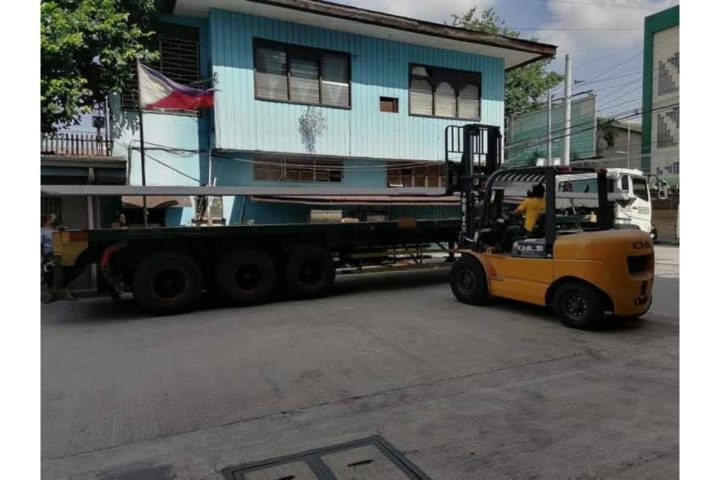
Due to the use of standard materials, single material supplier, and customized software, the time for assembling pre-engineered buildings are significantly reduced. The structures are easily assembled on site and the delivery process of materials is fast as well.
Alternatively, conventional buildings are built from scratch and can require substantial planning from various contractors. The process can include a custom floor plan, a complex foundation system, and interior work. Each component must be completed before moving to the next step, which proves to be time consuming.
Another factor to consider is the assembly time. Pre-engineered buildings are fabricated with anchor bolts ready for the site bolting. On the other hand, conventional buildings are assembled manually using traditional construction methods. One factor also to consider is the weather that makes conventional building construction take longer time.
Garnering significant cost savings is one of the main benefits of pre-engineered buildings. These types of structures are constructed in a factory using machinery instead of manual labor, making it possible to cut down on costs. It also saves on the transportation cost of raw materials because the whole structure is transported on site.
With conventional buildings, you will have to consider the costs from numerous material suppliers, several subcontractors, and manual assembly labor.
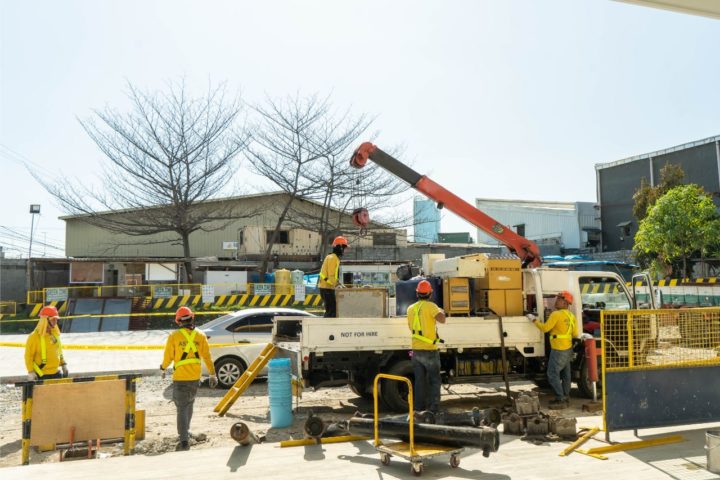
As a material, steel has always been a recyclable compound. It is more biodegradable than most of the plastic. However, pre-engineered buildings are a more sustainable choice to conventional buildings.
The use of pre-engineered buildings is that all the customization you want to apply can be done without having to pay externally for designing and remodification. The architectural design makes it easy to remodel parts of your building, and the manufactures help you do that. Alternatively, conventional buildings are built longer and require more maintenance, which tends to be unsustainable.
When it comes to choosing between pre-engineered buildings vs conventional buildings, keep in mind that each one carries its own pros and cons. Choose the right one and ensure to meet all your future building needs.
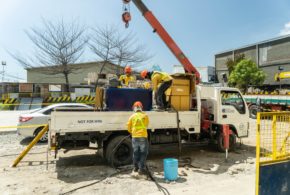
What are the benefits of quality control in metal fabrication? Enhances safety Cost savings Compliance with industry standards Boosts customer loyalty When sourcing for an industrial fabricator in the Philippines, it’s crucial to choose one that has an in-house quality control procedure. In the metal fabrication and manufacturing industry alike, quality control is defined as […]
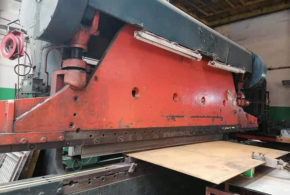
What are the techniques used in sheet metal fabrication? Shearing Cutting Bending Punching Assembling Sheet metal fabrication is defined as the manufacturing process of shaping sheet metal according to functional needs. Sheet metal is one of the most ideal materials for a wide array of industries because it is lightweight and immensely ductile. The techniques […]
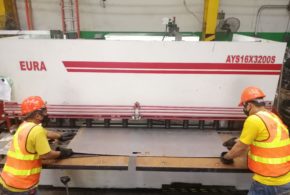
What are the uses of CNC cutting services in the Philippines? Construction materials Food production items Metal furniture Gas station fixtures CNC cutting refers to the metal fabrication procedure that involves using computer numerical control routers with the advantage of versatility and flexibility being derived from automation. The computerized routers are adept in cutting […]

What are the uses of sheet metal fabrication? Construction Petroleum Industrial Industries Sheet metal refers to metal formed into thin sheets, typically by hammering or rolling. It is highly durable and able to maintain its structural integrity, making it easy to work as it can be bent, stamped, cut, dished, and punched. Sheet metal fabrication […]